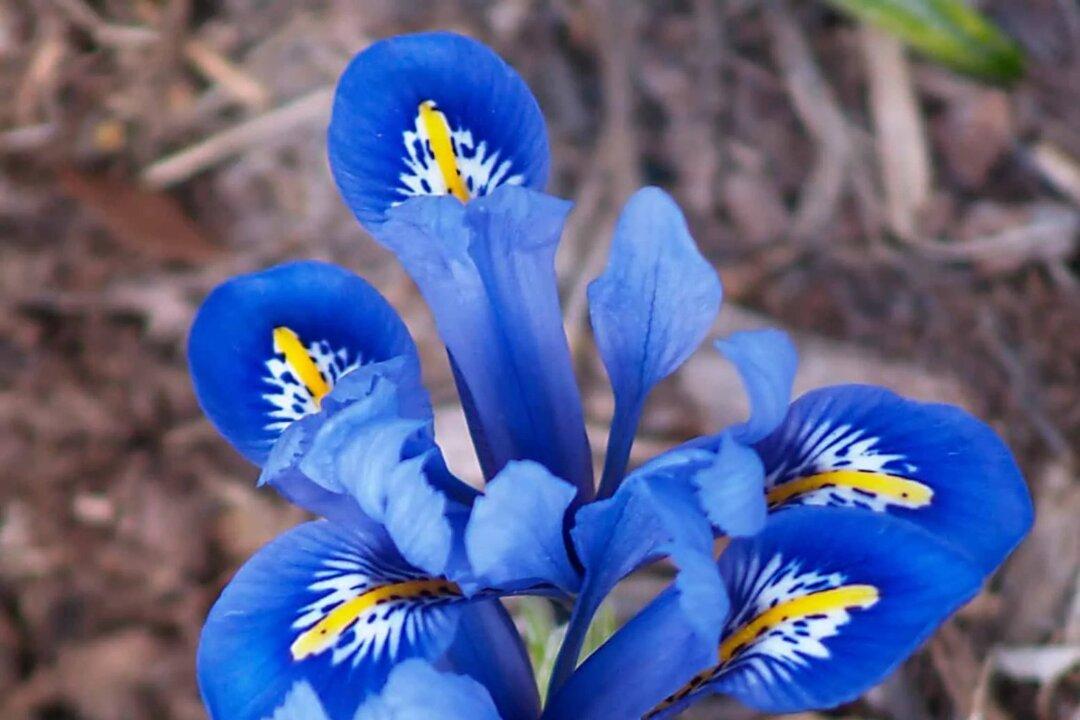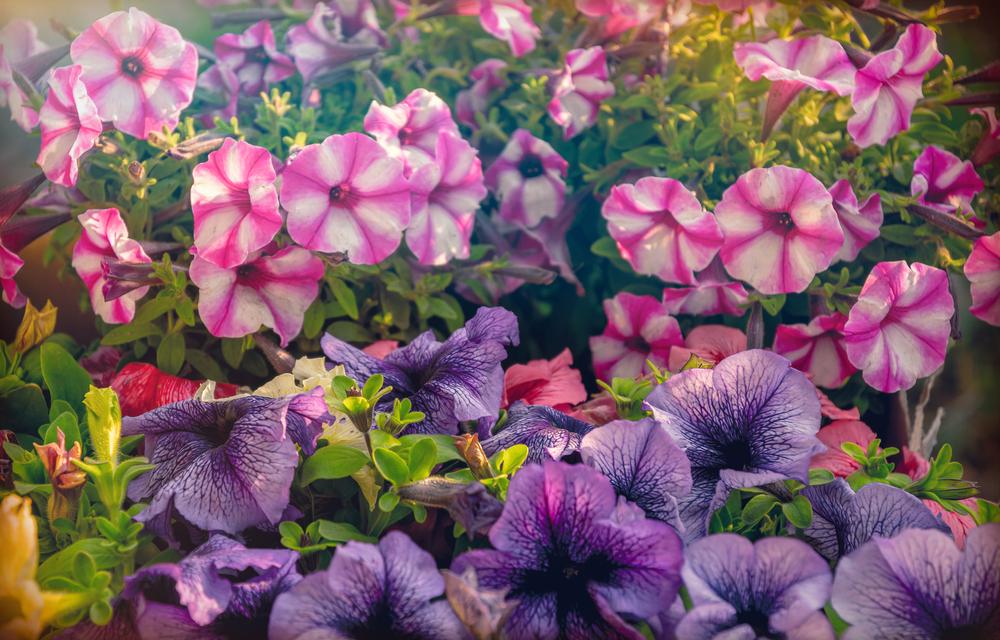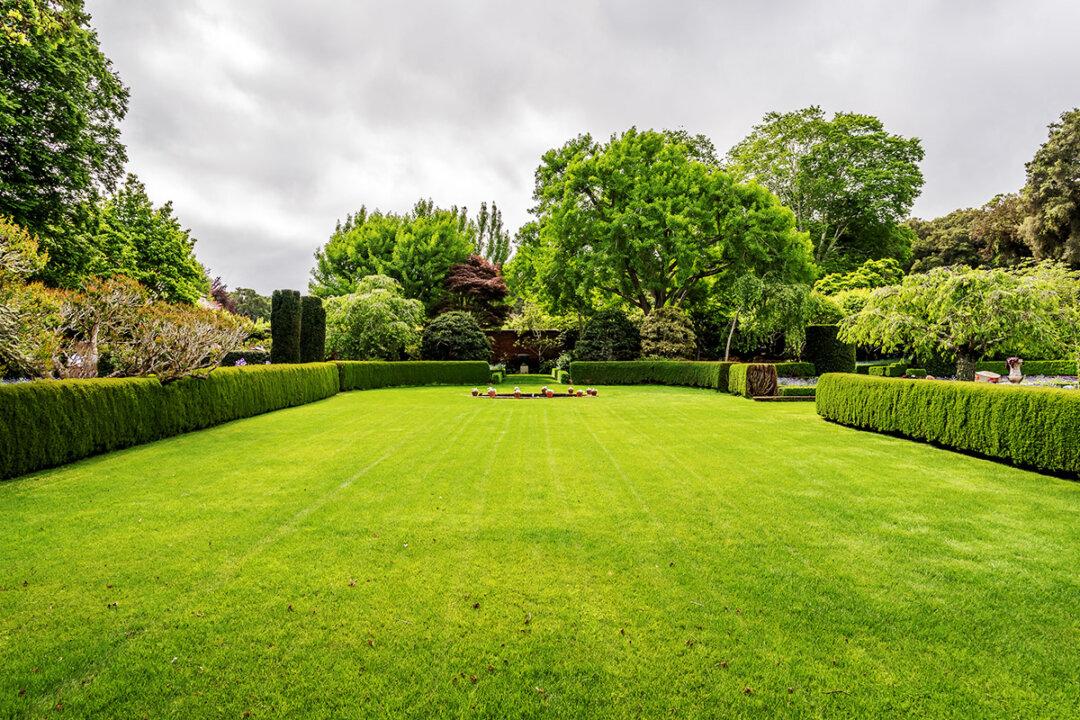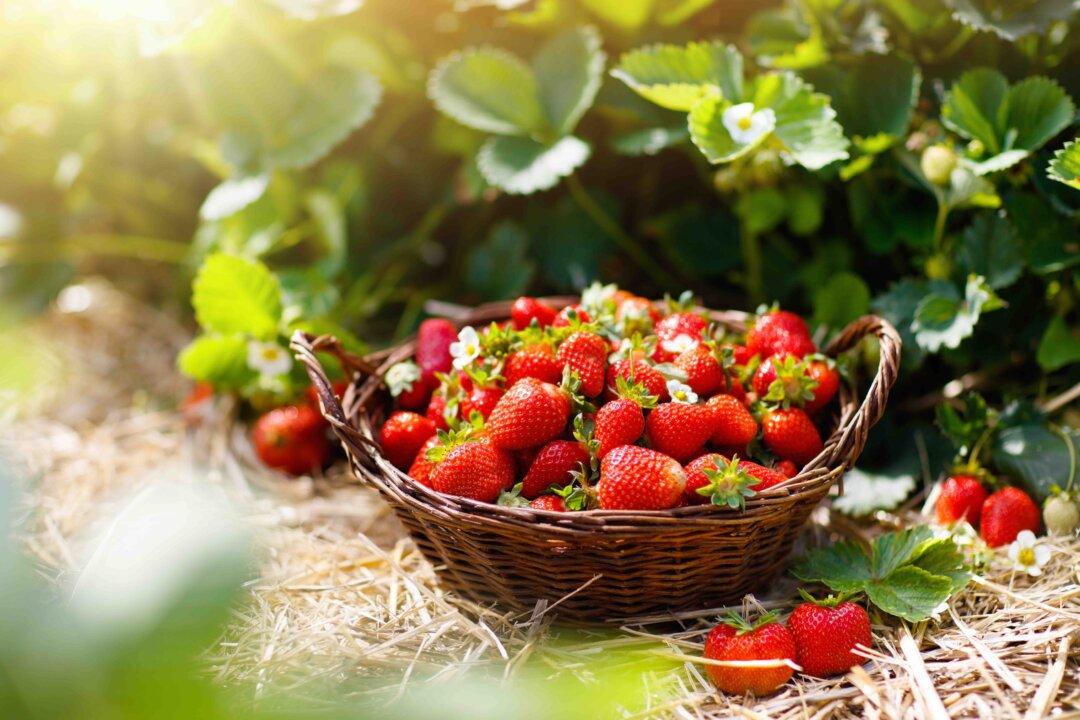No sight is more welcome after a long winter than the first blooms of crocus, tulips, daffodils, Muscari, hyacinths, and other spring-flowering bulbs. Gardeners and non-gardeners alike can enjoy the view up close by layering these bulbs with container gardening methods. It’s perfect for those with mobility problems or limited space in urban areas.
Bulbs for spring flowers can be planted in spring or fall:
- In fall, plant the bulbs and leave the container outdoors, being careful not to let the pots freeze during winter. If the bulbs freeze they’ll be damaged or destroyed and will not bloom.
- In spring, you’ll first have to hold the bulbs in a refrigerator without fruit for 12-16 weeks before or after planting in the container so they experience the chilling period required to bloom.





